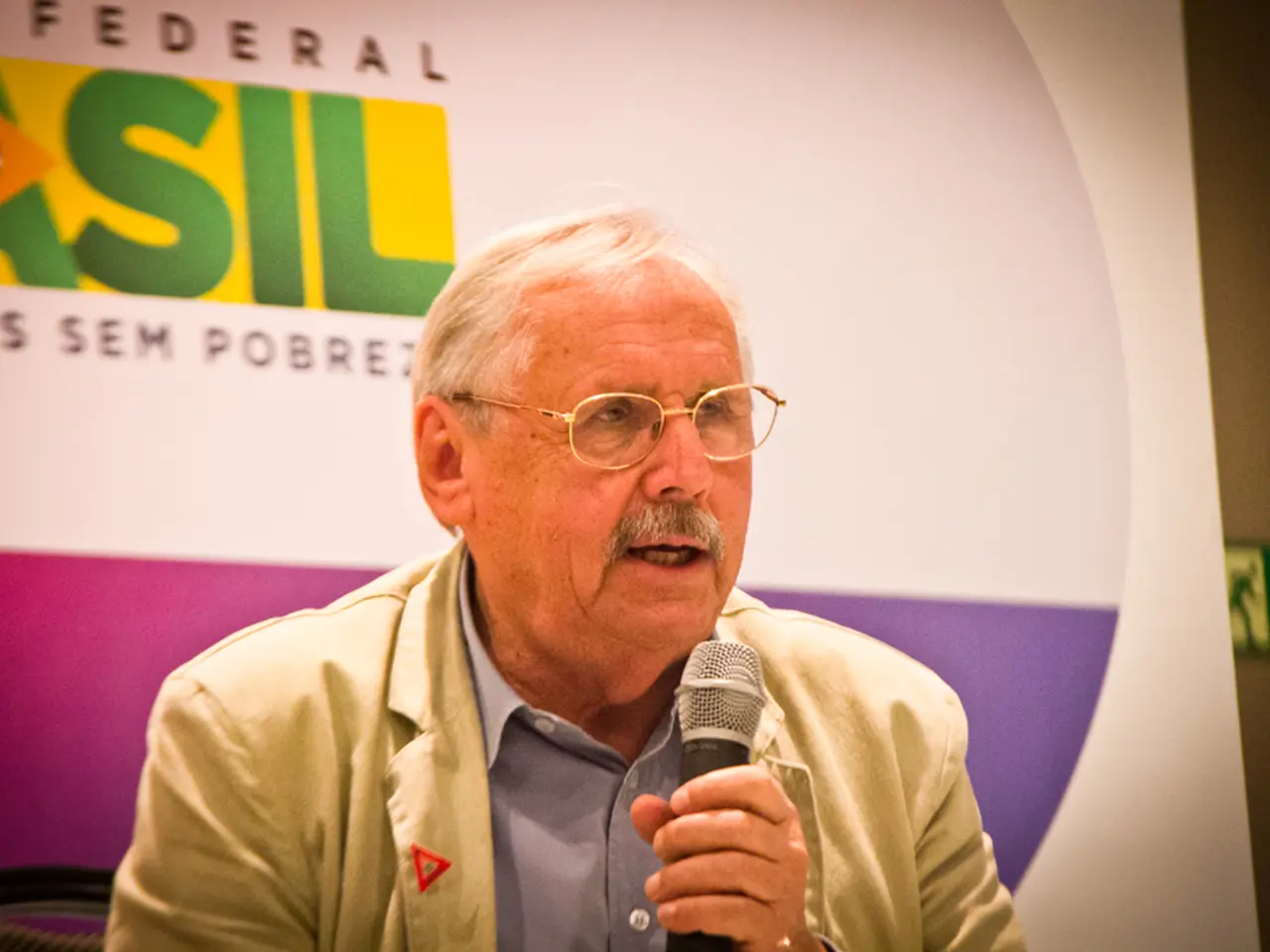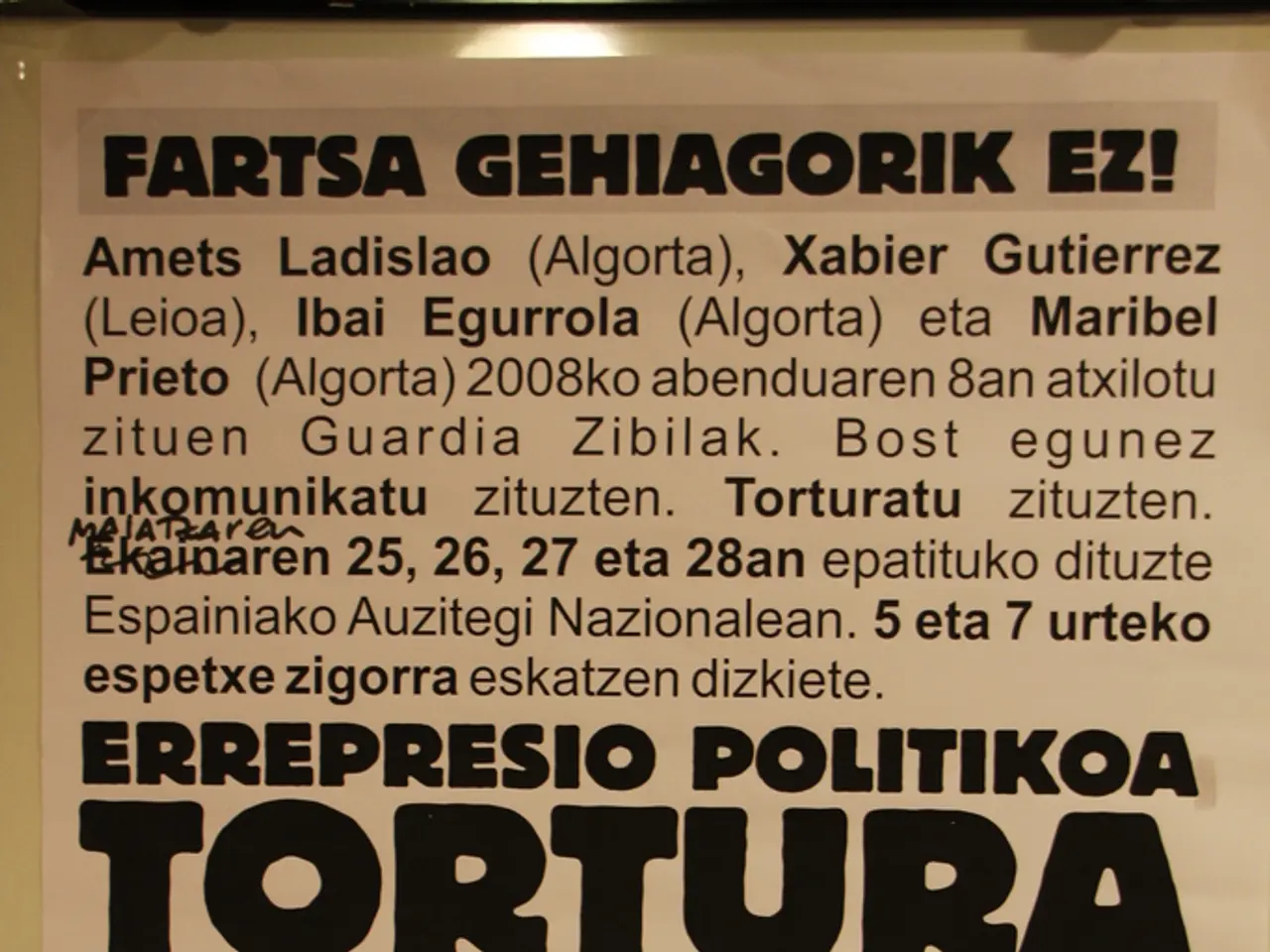Future Conflict Preparation ordered by General Huber
Germany Strengthens Military Presence in Lithuania: A Combat-Ready Brigade by 2027
In a strategic move to bolster NATO's defense on its eastern flank, the German military is transforming its troops in Lithuania into a fully operational 45th Panzer Brigade by the end of 2027. This brigade, composed of approximately 4,800 soldiers and 200 civilians, will be a powerful and combat-ready force, equipped with modern armored vehicles and integrated with a multinational NATO battlegroup.
The 45th Panzer Brigade will be the permanent home of the newly formed 45th Panzer Brigade, which will be stationed in Lithuania. The brigade's core units will be the 203rd Panzer Battalion and the 122nd Mechanized Battalion. The deployment began with initial personnel arriving in April 2024, followed by a gradual troop build-up, aiming to reach full operational capability by 2027.
Lithuania is expediting the expansion of the Rūdninkai military training campus to accommodate the German brigade and allied forces with new and improved infrastructure ready as early as late 2025 or early 2026. This includes accelerated construction timelines and public-private partnerships valued at roughly €1.8 billion to support training and operations.
The training for the 45th Brigade will be focused on preparing for potential conflicts, known as the "War of the Future." General Huber, commander of the 45th Panzer Brigade, emphasizes the importance of a "reality-based approach" to training, making scenarios as realistic as possible, including simulations of death and injury.
The German military's mission in Lithuania is a top priority, with the aim of contributing to preventing a war. General Huber closely watches what's happening in Ukraine and draws conclusions, learning from the current conflict. Armored units will remain important in the future, according to General Huber, and the rescue chain must function properly during training.
The message to potential aggressors, implicit in General Huber's statements, is clear: "This far and no further. Here stands NATO, the strongest defense alliance in history. And you shouldn't mess with us." The deployment of the 45th Panzer Brigade and the strengthening of NATO's military presence and rapid reaction capabilities in the region are part of broader efforts to deter Russian aggression.
The German military is equipped with modern gear, including Leopard 2A8 tanks, Puma S1 infantry fighting vehicles, Panzerhaubitze 2000, and 'loitering munitions.' The brigade will also be equipped with 65 new Dingo 2 A4.1 armored vehicles. The German military's preparation for the war of the future includes modern systems like attack drones, reconnaissance drones, and drone defense systems.
In summary, the German military's strategy for transforming its troops in Lithuania into a combat-ready brigade by 2027 is a significant element of NATO's deterrence posture against Russia. The permanent German brigade deployment reinforces NATO's commitment to collective defense in response to Russian aggression in the region, as part of broader efforts to strengthen NATO's military presence and rapid reaction capabilities. The German military benefits from the experiences of Ukrainian soldiers, providing valuable insights into the realities of modern warfare.
- The European Union, with its focus on politics and general news, has closely monitored Germany's transformation of its troops in Lithuania into a combat-ready brigade, as part of the NATO's defense strategy against potential war-and-conflicts on its eastern flank.
- The 45th Panzer Brigade, stationed in Lithuania, is not only a crucial part of NATO's rapid reaction capabilities to deter Russian aggression but also a significant player in the general news discourse regarding the European Union's commitment to peace and stability on its continent.





